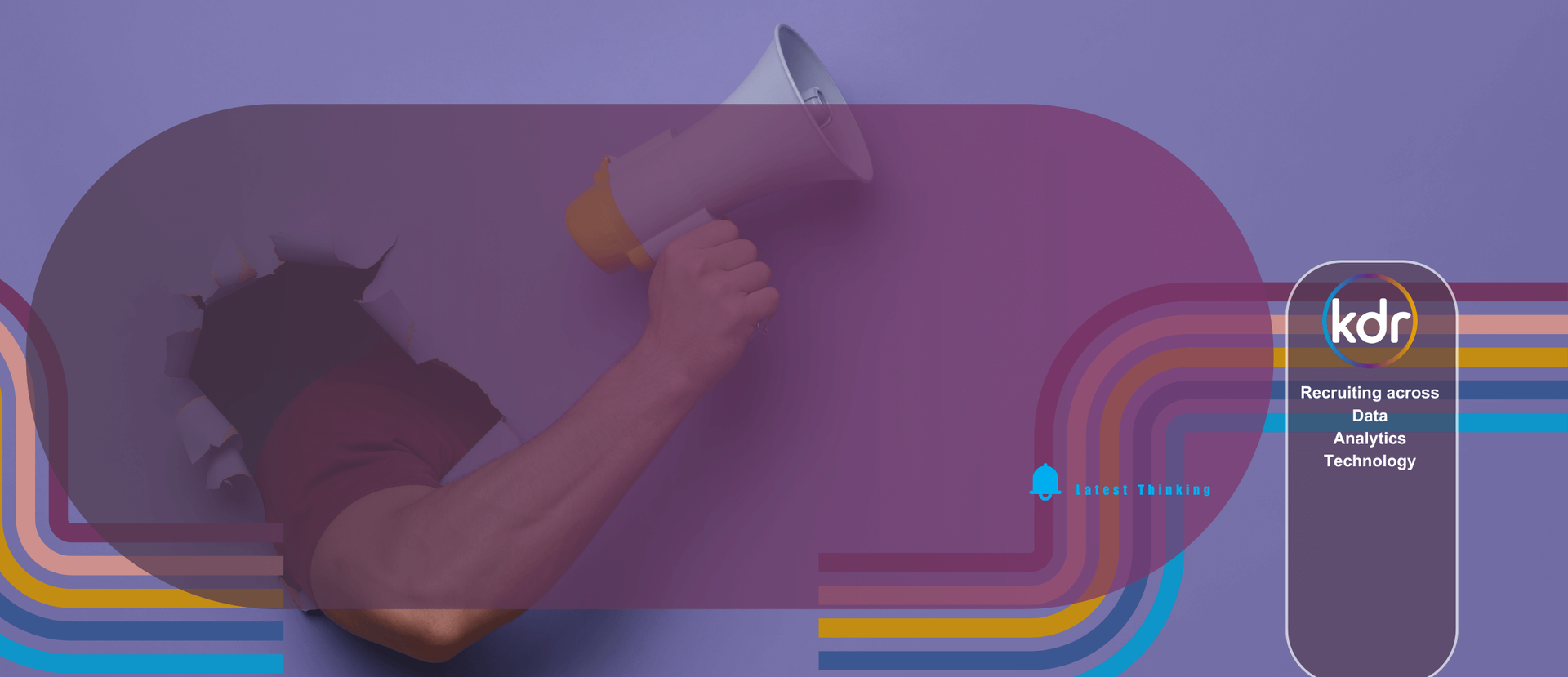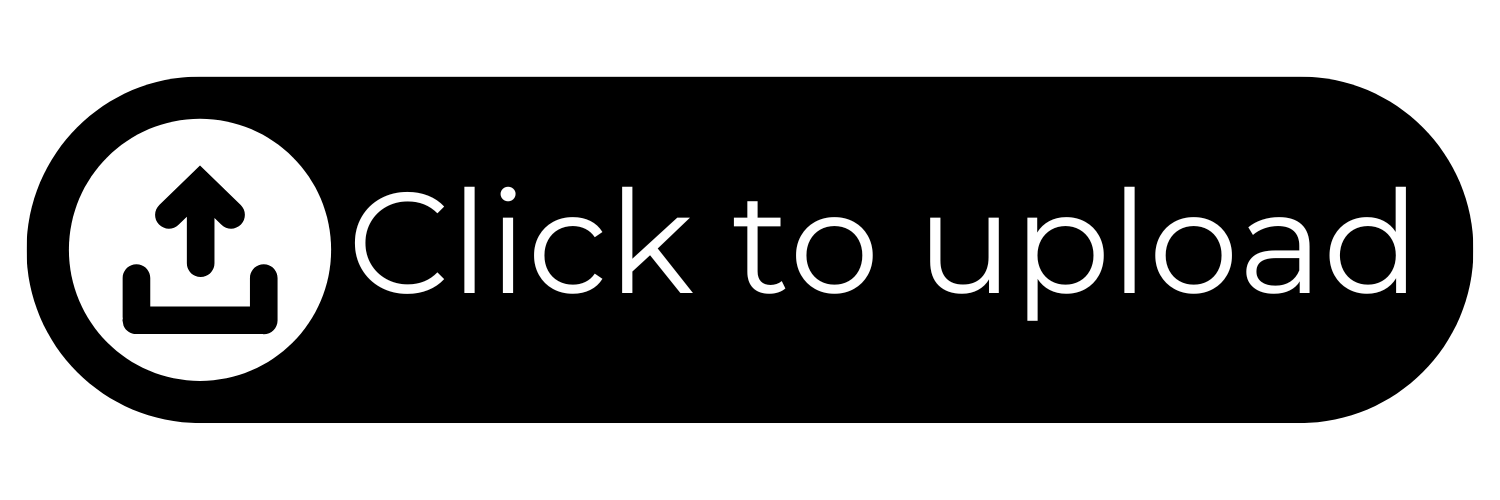What employers are looking for when hiring Artificial Intelligence professionals.
As we move into summer 2025, the AI job market is very buoyant.

From computer vision to large language models (LLMs), the opportunities are still growing.
At KDR Talent Solutions, we speak to candidates every day who are excited about AI but unsure of how to make their next move. Whether you’re just getting started or looking to pivot from another tech discipline, this guide will help you take practical steps toward your next AI opportunity.
1. Understand the landscape.
AI roles come in many shapes and sizes, machine learning engineers, computer vision specialists, data scientists, MLOps professionals, and LLM researchers, just to name a few.
Top tip: Start by mapping out the kinds of problems you want to solve. Are you more interested in building models, deploying them, or working with the data that feeds them? Your passion and direction will help narrow your search and in turn, make your applications sharper.
2. Show value.
Hiring managers in AI want to see your work. Whether it’s a GitHub repo, a Kaggle competition entry, or a blog breaking down how you fine-tuned a model, evidence of hands-on experience compliments a tailored CV. Employers want to see the value you will bring to their business.
Bonus: Share your work online and tag relevant communities. Visibility can lead to opportunity.
3. Get Clear on the tech stack
In-demand tools and frameworks vary depending on the role. But here’s a snapshot of what we’re seeing right now:
Machine Learning & LLMs: Python, PyTorch, Hugging Face, LangChain, Vector DBs (like Pinecone or Weaviate)
Computer Vision: OpenCV, TensorFlow, YOLO and increasingly, diffusion models
MLOps/Deployment: MLflow, Docker, Kubernetes, Metaflow, SageMaker (AWS)
Data Engineering Support for AI: GCP, BigQuery, Airflow, dbt
If you’re missing some of these, don’t panic, employers value learning agility. Start skilling up and be ready to talk about what you’re currently learning and how that can be practically applied to solve business problems.
4. Tailor your applications for the role
AI job descriptions can often be buzzword-heavy. Drill into the job description and cut through the noise by showing how your skills directly relate to the company’s use case. If the company hasn’t published their use case, speak to the recruiter who is working the role as they will often have that insight and will be able to help you provide the best examples that align your skills to the issues the company is wanting to solve via the hire.
Tip from our recruiters: If a job posting mentions computer vision and LLMs, focus your CV and cover letter on the one you’re strongest in. Employers would rather see depth than a scattergun of acronyms. Tie in the teck stack with the business value you provided in your current or previous role.
5. Partner with the right recruiter
Working with a recruiter who specialises in AI makes a massive difference. At KDR, our team understands the nuances of the market, from early-stage startups building LLM infrastructure to established businesses embedding AI into core systems.
We’re not just matching keywords, we’re listening to what you want and making sure the companies we put you forward to are serious about AI, not just riding the hype.
Ready to make your move in AI? Let’s chat. Drop us a message or explore our live roles here.








